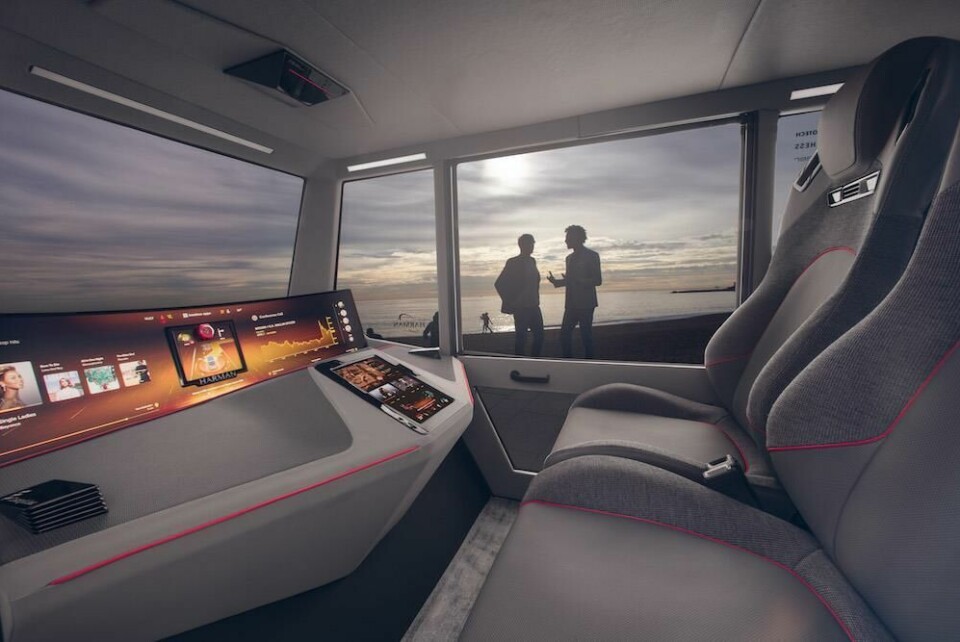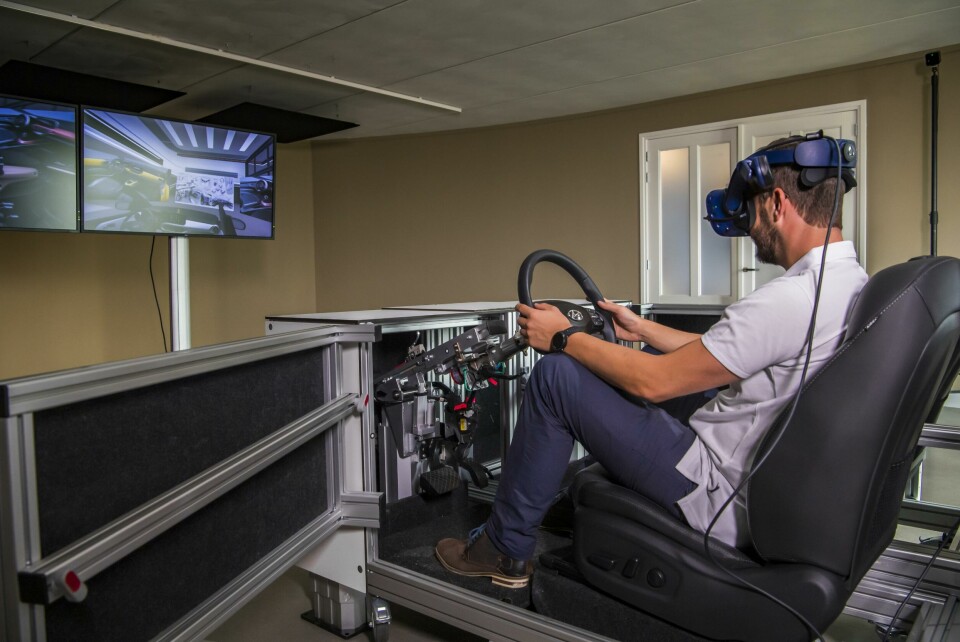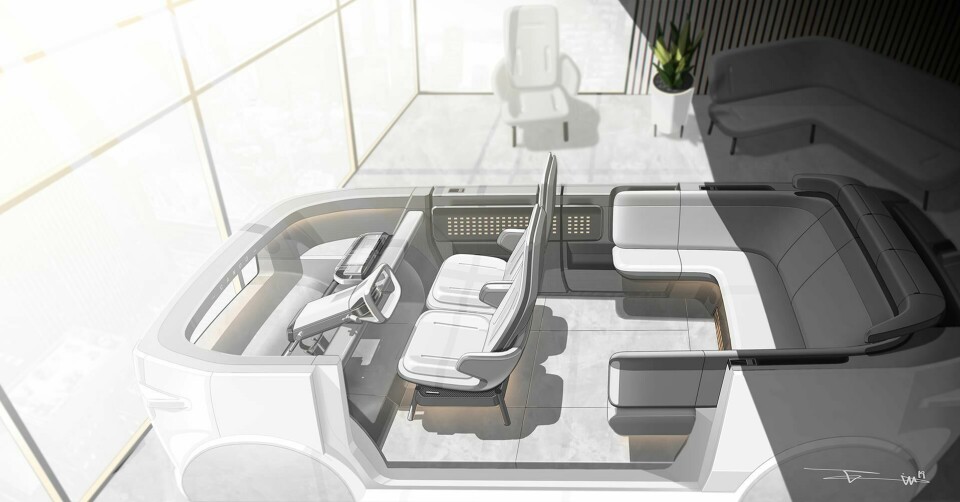
Seating Trends: Lounge formats and reconfigurable solutions
Car designers have been exploring different seating configurations in expectation of self-driving technology
Autonomy, scenarios such as ride-sharing, and the flat-floored cabins of electric vehicles purpose-designed for mobility services mean that ever more living room-like layouts are being created, complete with seating which is more like domestic furniture.
“In current cars, every seat feels like its own compartment – and when it is empty, it feels like a waste of space,” said Richard Kim, design director of mobility service start-up canoo, at the California unveiling of canoo’s first vehicle (September 2019). This monospace was conceived as an “urban loft on wheels: totally open, totally spacious, totally clean,” Kim explained, its skateboard chassis enabling this concept. “Even the rear seat, so cramped and awkward in many vehicles, is designed like a sectional sofa. It creates a place for travelling, but also for hanging out and relaxing in a loft-like space.”
Within a compact footprint, seven can be seated in the canoo: two up front, three in the couch-like rear seat which wraps around the back of the cabin, and two more in fold-out jump seats along the doors, giving a full ‘third-space’ clubhouse feel. As in many a design-conscious loft apartment, there’s a mid-century modern influence too, Kim said.
Hyundai’s H-Space interior concept (Frankfurt, September 2019) packs the sofa in sideways, in one of its three configurations; Yanfeng’s XiM20 demonstrator (IM: Autumn 2019) has two distinct areas with individual seats up front and the lounge behind; while Suzuki’s Hanare concept (Tokyo, October 2019), an autonomous mini-MPV, has its seating curving around both extremities of the cabin – it can be ‘driven’ from either end, apparently.
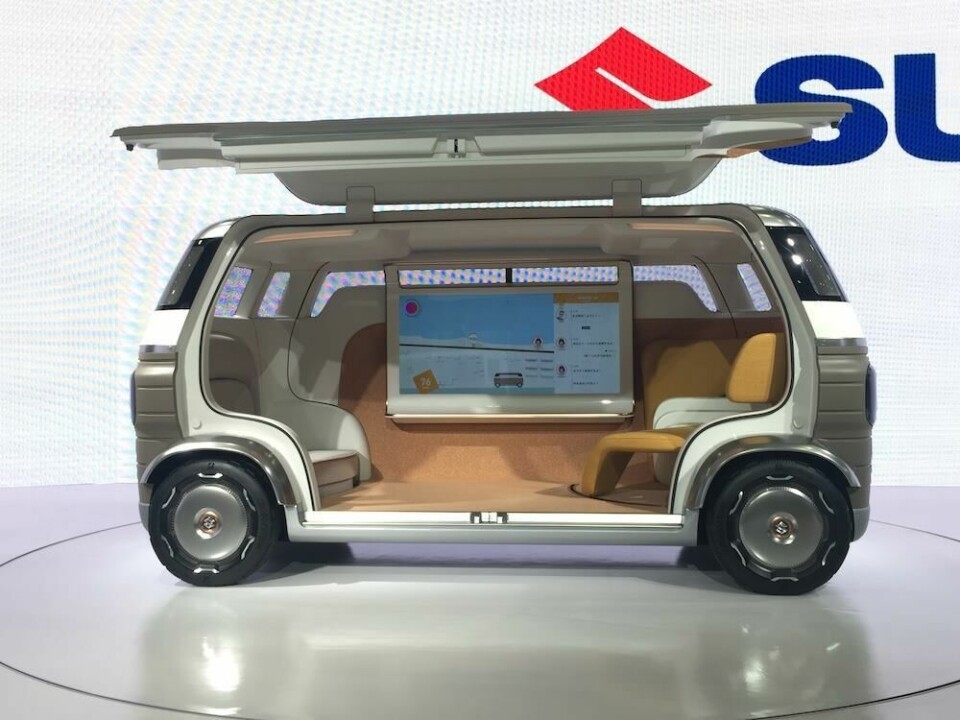
Reconfigure and remove
Multiple seating configurations are important for such multi-purpose vehicles, as is the opportunity to fold seats to free up load capacity: adaptability is crucial for sheer utility as well as for comfort.
Magna’s powered and app-controlled adaptive seating swivels and slides on long rails to promise ‘cargo space’, ‘road trip’ and ‘mobile meeting’ modes. Following consumer research in the UK, US, Germany and China, “the big takeaway [was] how consumers look for seats that adapt to their needs, and not the other way around,” says Dino Nardicchio, global VP of research and development, who sat in on school car pools, shopping trips and family dinners in China. Mike Bisson, president of Magna Seating, adds: “The vehicle occupant experience will be very different with the introduction of mobility and autonomy. We’re moving from a passive seat structure with everyone facing forward into something dynamic.”
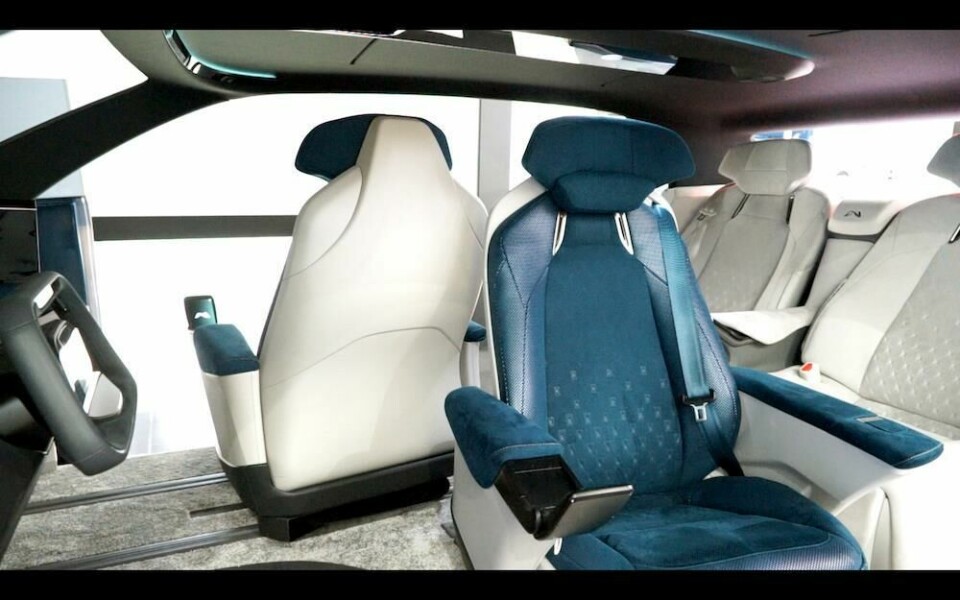
Toyota Auto Body’s PMCV (Personal Multi-Compact Vehicle; Tokyo 2019), a Level 4-autonomous electric minivan envisaged for 2030, can switch from a seven-seat people carrier to a transporter of long, bulky items thanks to two seats which fold away into the sides, and a front passenger seat which folds flat under the dashboard.
Also seen at the Tokyo motor show, the Toyota Boshoku MX191 demonstrator allows six seating configurations. Its front seats can travel up to 900mm along their long-rail tracks, and swivel up to 180 degrees for easy entry/exit; the ‘gap’ of the seat tracks is hidden by a zipper fastener in the coverings, not just for aesthetic appearance but to prevent objects falling into it.
Besides its sideways sofa, the Hyundai H-Space can accommodate two large armchairs or come with a four-seat ‘family’ layout: the lightweight seats in this are completely removable and designed to serve as chairs in their own right for picnics or perhaps to take to parties. Similarly, the seats of the ultra-functional Bollinger B1 and B2 heavy-duty trucks can be taken out – as can the centre console, which doubles up as a camping table.

